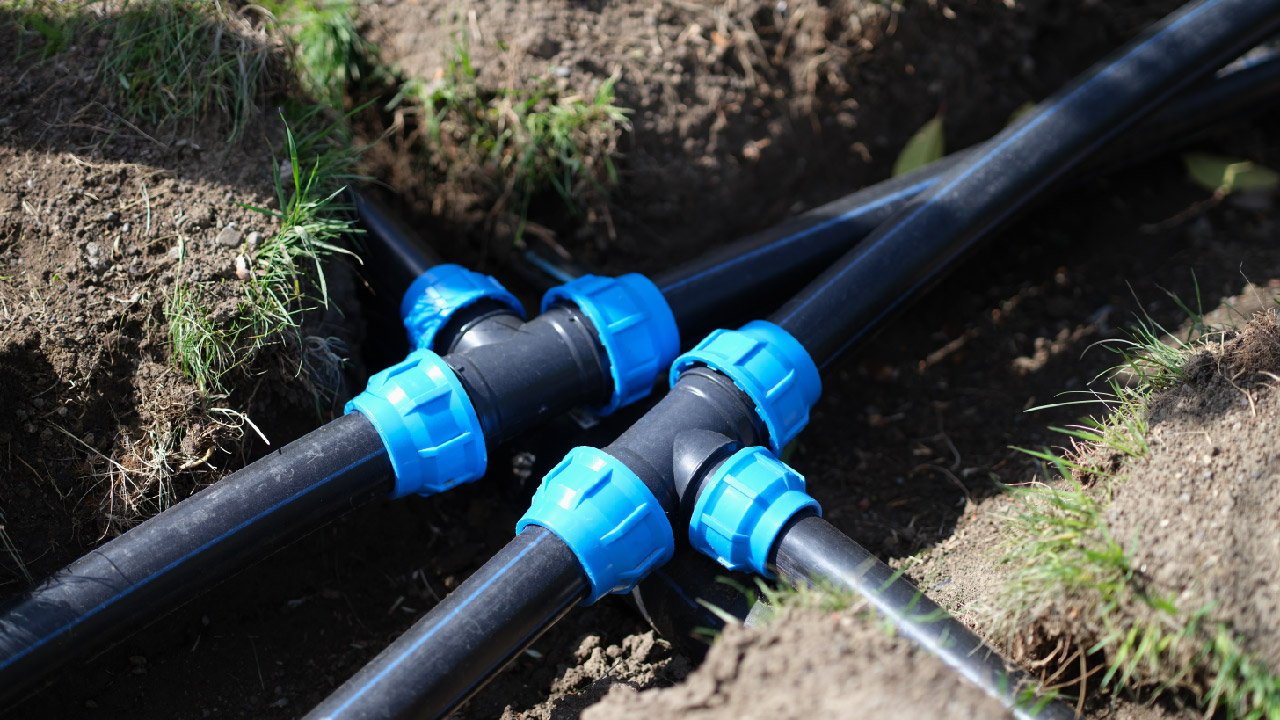What Are the Different Drip Irrigation Tubing Sizes?
Mar 2nd 2023
As extremely dry conditions persist in greater areas of our nation, more folks are waking up to the benefits of drip irrigation. Because a drip irrigation waters plants slowly, it does so more efficiently by reducing evaporation. It can cut water use and save money on water bills. Drip irrigation offers other benefits, such as discouraging diseases and promoting plant health.
Tubes are the arteries through which life-giving water flows to plants in a drip irrigation system. Many folks new to this water-saving watering system wonder about the sizes of drip irrigation tubing. DripWorks is happy to offer a primer on drip tube sizes to answer those questions.
Keep in mind there is no industry standard for tubing sizes. Make sure to check the specifications for the inside diameter (ID) and outside diameter (OD) of any tubing you are considering to ensure it will be compatible with your fittings.
Tubing typically comes in assorted lengths. That allows you to buy as little or as much as you need for your application. In general, the more you buy, the less your cost per foot will be.
Types of Tubing
Several sizes of tubing are available on the market. These typically fall into two categories.
The larger sizes are called mainline tubing. As the name implies, these tubes provide the main lines that carry water in bulk to the plants to be irrigated. This type of tubing is usually made of sturdy polyethylene.
The second category is called micro tubing. This smaller tubing runs off the mainline to provide water to individual plants or rows of plants. This kind of tubing may be made of vinyl or polyethylene.
- 3/4 Tubing
For bigger watering chores, 3/4 Tubing is a smart choice. It can handle greater runouts and volumes of water. This size of tubing is ideal for large home gardens or small farms,
- 1/2 Tubing
Probably the most popular type of mainline tubing, 1/2 Tubing is popular for all-around use in the home garden. This mainline tubing is affordable and easy to handle. It provides sufficient capacity for many home gardening applications.
- 1/4 Micro Tubing
For many drip irrigation applications, 1/4 micro tubing is a must. Tubing such as 1/4 Polyethylene Micro Tubing may be used for connecting drip emitters, sprayers, misters and mini-sprinklers to mainline tubing.
- 1/8 Micro Tubing
Getting down to the mini micro end of things, 1/8 Polyethylene Micro Tubing is about as low as you can go. This type of tubing is great for connecting Spot Spitters or Pot Drippers. That allows the water-saving benefits of drip irrigation to be used for container plants, balled rootstock, and large potted plants. This type of tubing is popular both among home gardeners and commercial nursery operations.
If you have any questions visit dripworks.com for information and assistance.

